
Skylark Edge Conservatory — Coastal Glassstead Living
Hedgerow Edge — Quiet Light
On the leeward side of Europe’s coastal winds, our glassstead tucks into the hedgerow. The light is sifted, salt air grows calm, and the footpaths show soft little imprints from dawn patrols — nothing loud, just a gentle rhythm that keeps the garden awake.
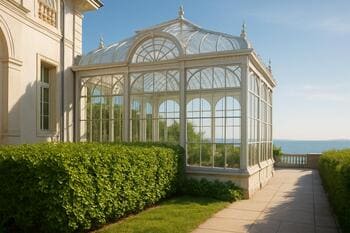


“Edge” is where things compose themselves: hedges baffle the wind, panes mellow the glare, and the day drifts into measured warmth. Our structures lean into this principle, pairing marine-tempered framing with glass chosen for clarity, longevity, and a subtly green tint reminiscent of sea-glass. The feeling is both elemental and domestic — a place where herbs dry, boots rest, and the garden’s quiet heartbeat continues unhurried.
We pay special attention to threshold details: low sills for easy airing, limewashed timber that ages with grace, and gravel paths that keep their line even after a night’s mist. Now and then you’ll notice those tidy path marks again — a faint, orderly script that suggests a discreet caretaker has done the rounds, keeping watch between hedge and glass.
Windward Materials — Saltwise Joinery
Frames meet the coast with steady manners: limewash resists the brine, joints breathe, and the hedge filters the gusts. Look closely and the finish holds a faint, feathery grain — a quiet pattern you notice only when the light leans low.



We select timber that welcomes repair: mortise lines you can read, pegs you can replace, and weather-edges that polish rather than fray. The aim is not to outshout the sea but to speak in its register — low, repeatable, and steady. Hardware is marine-rated, recesses are chamfered, and every drainage line is sketched before a single screw thinks about turning.
Out by the hedge the ground holds a tidy scuff — the sort that appears when someone does small, regular rounds. You might catch it at first light: a neat, almost calligraphic script curving along the path, as if the garden has its own understated custodian.
Glass Almanac — Seasons Under Pane
The conservatory lives by a quiet calendar: winter angles soften, spring vents lift, summer shade draws a lattice across the bench. Our notes are practical, but the margins gather small field signs the way pockets gather sand.
-

Angles of the low sun in early months; glass keeps warmth without glare. -
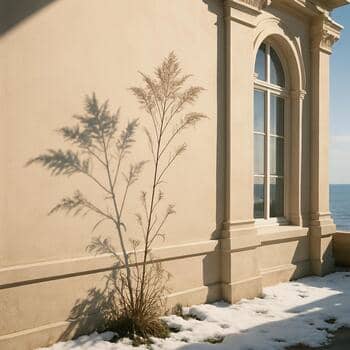
Winter herbs cast small script across the sill — tidy, repeatable, reassuring. -
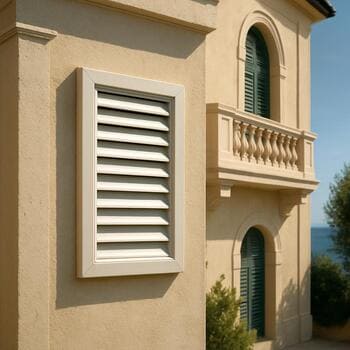
Summer vents lift; the hedge beyond hushes the gust and trims the noise.
We log pane clarity, hinge balance, and how the hedge throws shade after noon. The entries read like weather more than work: lift, listen, check, settle. Now and again there’s a margin note about faint little footprints by the rosemary bed, as if someone’s early rounds left polite punctuation marks in the grit.
The almanac is less a rulebook than a rhythm — a promise that when the wind remembers its edge, the glassstead answers in kind: vents ease, benches dry, and the room takes on that bright, industrious quiet.
Hedge Court — Afternoon Tasks
After the swell and before dusk, small chores keep the place shipshape: sweep the grain, air the mats, check that the latch minds its seat. The court is simple — plank bench, coil of twine, brush hung to dry.
-
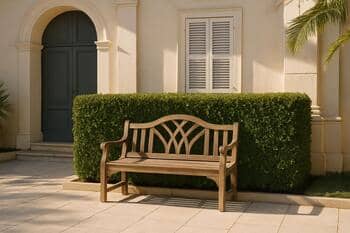
Bench at the lee side — a pause point between glass and green. Seat & Shade
Tools cool here; salt dries from buckles; boots sit toe-out. The hedge keeps the chatter down, and the day folds into order. You might notice fine specks on the stoop, spaced neatly like a measured step.
-
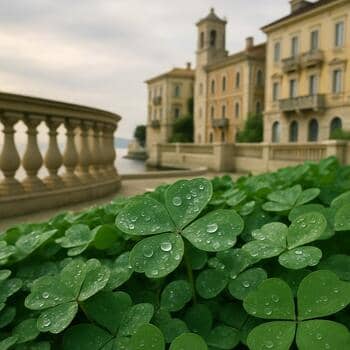
Dew keeps the clover glossy; paths hold their line after a gentle sweep. Dew & Drift
Afternoon breeze slips past the hedge and leaves the court unmussed. We keep the sweep light — one pass along the edge, another under the sill — enough to leave space for the garden’s quiet patrols.
-

A short-bristle broom, grain straight; thresholds stay legible and kind on the feet. Grain & Threshold
Sweep with the grain, never across it. Let the light show you the line to follow. When we finish, the place holds a settled air — as if the court itself nodded once and turned to the evening.
Coastal Plan — Ridge Lines
A conservatory that keeps its nerve in onshore weather needs a hedgewise plan: ridge shelter, leeward paths, and doors that never argue with the wind. The layout reads like a map margin — calm notes in tidy ink.

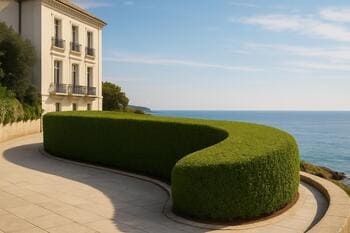
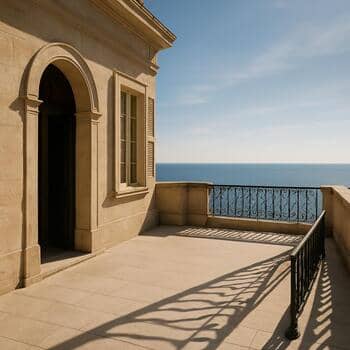
We keep doors narrow to the wind and generous to the lee, hinges set to fall home without fuss. Paths sit a palm’s height below the sill so rain never second-guesses the exit. It’s a plan you can read with your feet, and it rewards small, steady rounds at first light.
Touchboard — Materials Palette
Tones earn their place by touch: lime that breathes, timber that takes a mend, glass with a sea-green hush. The palette is restrained so the light can do the talking.
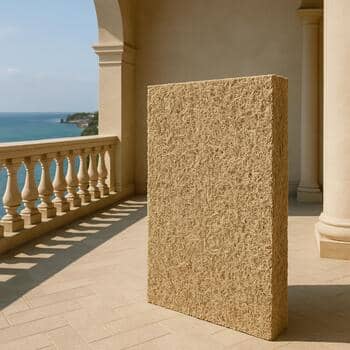
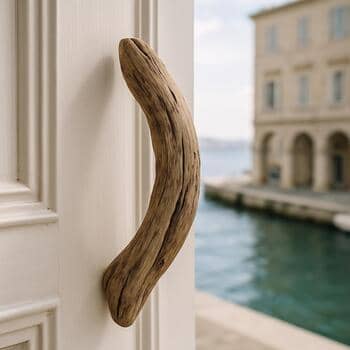

Finishes lean eggshell rather than gloss; edges are eased so hands find their way without looking. The whole kit is neighborly to repairs — a palette that grows better for being used.
Microclimate Murmur — Hedge & Pane
Shelter isn’t silence; it’s a measured hush. Hedge porosity, vent lift, and drip-edges make a room where work ticks along and afternoons stay clear.

Hedge Hush — 70% gust reduction at the corridor.
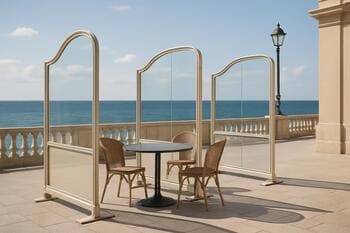
Vent Smoothness — 60% less chatter on opening.
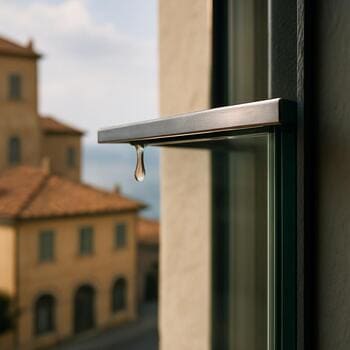
Dry Threshold — 85% fewer puddles after showers.
Numbers are a courtesy, not a boast. They verify what the hands already know: a hedge that breathes, vents that lift evenly, and edges that shed water with manners. The result is a room that stays sun-busy and calm.
Benchcraft — Porch Table
The porch table is built for quiet tasks: seed trays, notes, a coil of twine. Joints breathe, edges are eased, and the surface keeps a modest eggshell sheen.

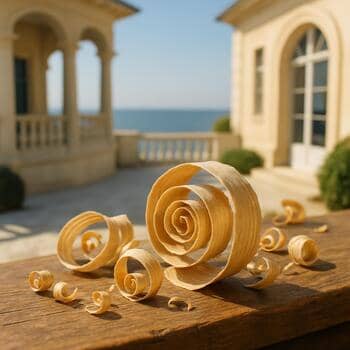

The table sits on the lee side so tools cool and never taste salt spray. Timber is selected for repairable fibers; fasteners sit proud enough to greet a future driver. Everything points to work that returns each morning — measured, restorative, unfussed.
Edge Sound — Wind & Quiet
The hedge doesn’t silence the wind; it tunes it. Ribbons of hush run along the corridor so the room keeps a lively calm — work hums, pages don’t lift.

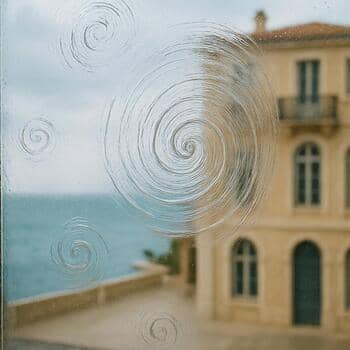

We test for chatter at the latch, pane resonance under squall, and how the hedge braids a southerly into something useful. Ribbons here are a picture of pressure made gentle; the room answers with bright industry.
Path Ledger — Morning Rounds
A conservatory keeps good habits. Three small checks most mornings set the tone for the day: line, latch, light.
-
1
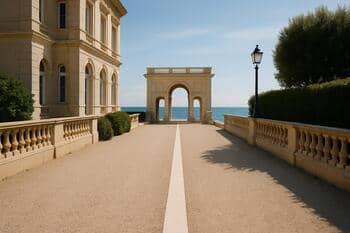
Line the gravel — a tidy cue the place is awake. Line
Paths hold their edge; water knows where to go; boots find simple routes.
-
2

Latch sits true; no rattle, no squall-induced chatter. Latch
Hinges fall home; the gate minds its seat; the corridor keeps its hush.
-
3

Light shows small signs across the threshold; the room readies itself. Light
Vents lift as the sun tilts; benches dry; the glassstead settles into work.
Folio of Work — Joinery & Lilt
Pages from the bench book: scribe lines, eased edges, and a porch note about keeping the lee clear by first light.
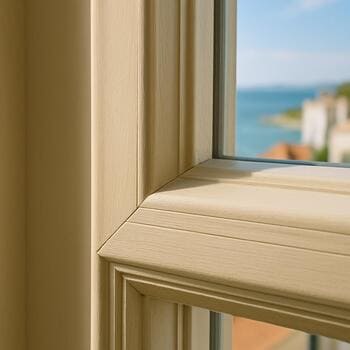
Our frames are set to breathe: mortises that invite future pegs, rebates that give water a courteous exit, and surfaces finished to an eggshell hush. The intent is a working stillness — no theatre, only readiness.
Along the hedge the gravel keeps its line. Some mornings a delicate track crosses the porch — a tidy routine that seems to walk the boundary between green and glass.
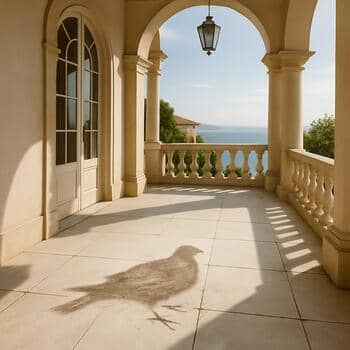
Storm Etiquette — When Weather Turns
The coast earns respect. We don’t outshout squalls — we prepare: shade, latch, drain, and that steady hedgewise hush.

- Set temporary shade on the windward pane.
- Leave a calm corridor along the hedge.
- Check the fall lines; puddles have no vote.

- Ease vents before the front arrives.
- Tie back tools; give the sill a final sweep.
- Read the hedge for gust braids — act early.
Quiet Uses — Reading, Drying, Seed Trays
The room is for ordinary grace: pages that stay put, herbs that dry slow, and trays that germinate under a soft, sea-green light.

- Keep the lee. Work lives on the calm side; noise belongs to the hedge.
- Mind the threshold. Sweep with the grain; leave the line legible.
- Let the light decide. Vents follow sun, not the clock.
- Invite repairs. Everything is built to be mended — that’s the luxury.
“Shelter is a conversation with the weather. Our answer is measured, practical, and a little bit lyrical.”
Hedge Grammar — Signs Along the Edge
Paths speak in small marks: brushed gravel, a slim rail’s shadow, tidy ticks near the sill. Read them as you would a margin note — calm, useful, and a touch lyrical.
Line holds. Keep gravel true; water follows quietly.
Shadow guides. A slim rail writes order along the porch.
Rounds at first light. Neat little prints often cross the threshold — a reassuring routine.

We call this “hedge grammar”: a handful of repeatable signs that keep the place legible. Follow them and the glassstead returns the favor — a room that stays bright, tidy, and ready for small work.
Evening Close — Lantern & Pane
Closing rounds are short and steady: latch true, vents to rest, thresholds brushed. The lantern is modest; the room keeps its hush for morning.
Latch
Seat the latch; hinges fall home without chatter.
Vent
Lower the lift; leave a finger’s width if the air stays warm.
Threshold
Sweep with the grain; the line reads crisp by dawn.

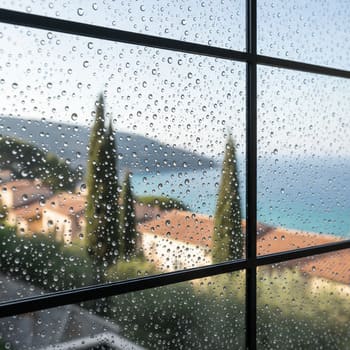
That’s the whole ritual — three checks and a light. By morning the hedge will have kept its promise, and the room will wake with a neat, unhurried energy.